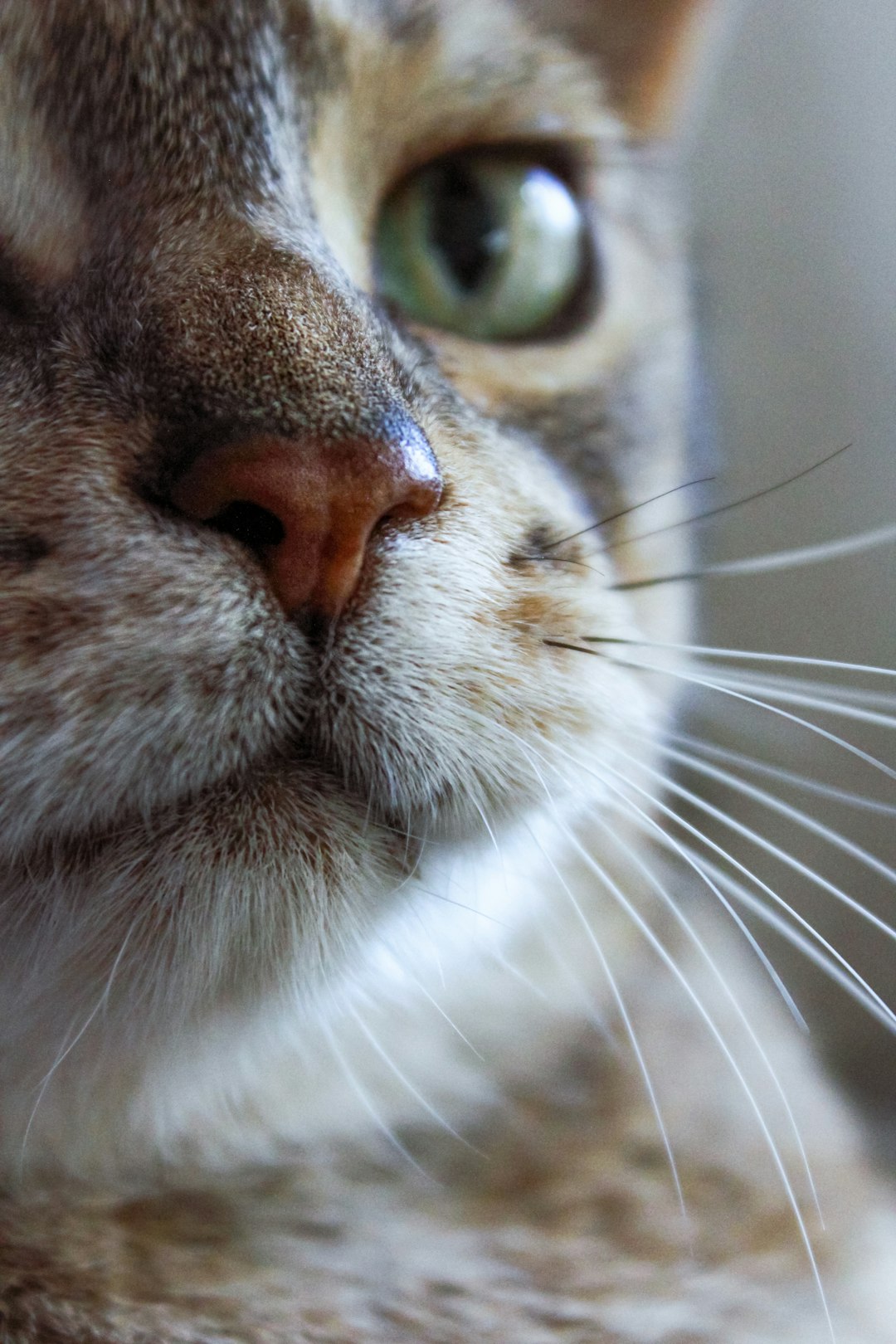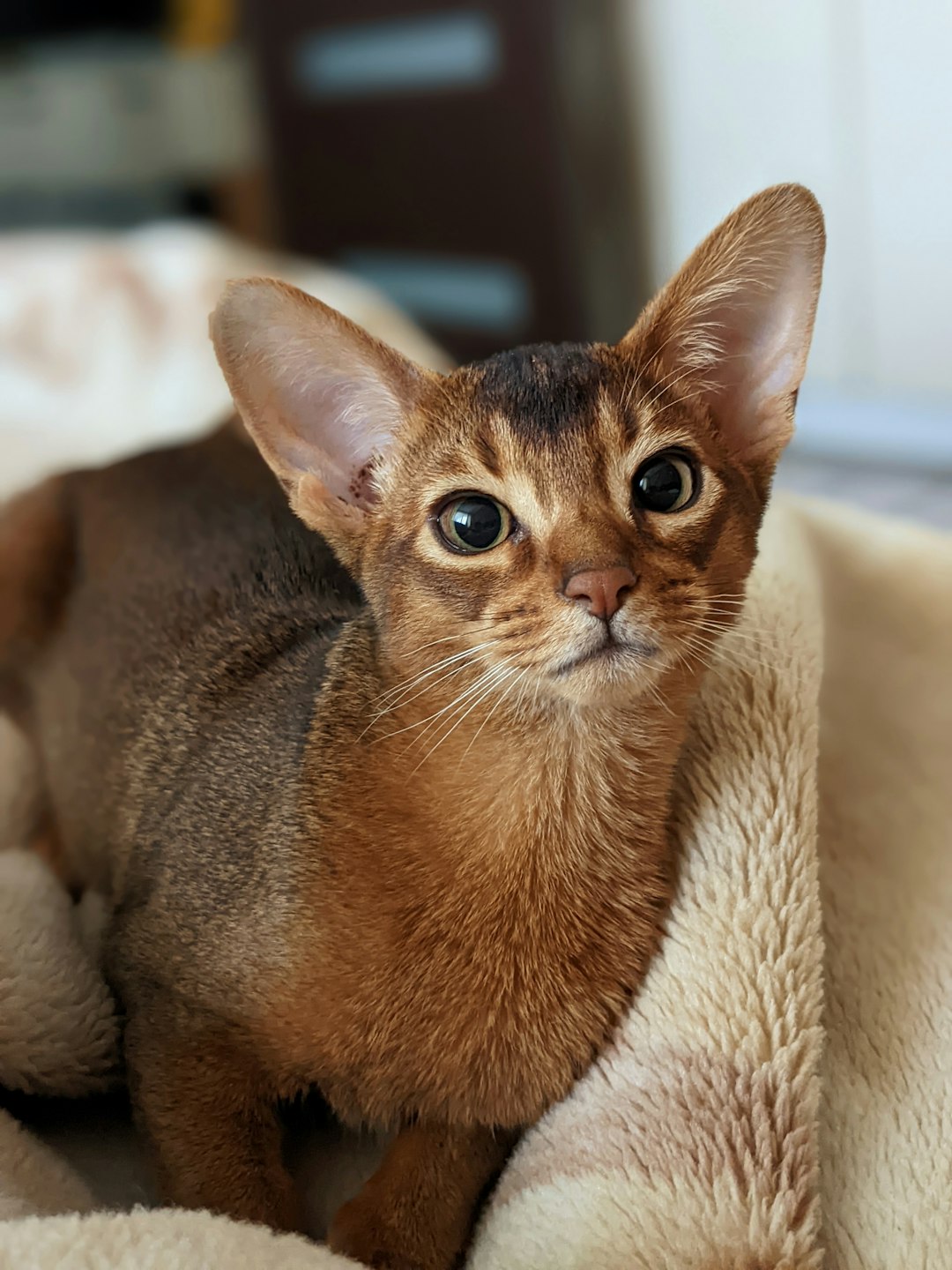The lilac point siamese is a striking breed known for its stunning color and unique personality. Originating from a long lineage of Siamese cats, this breed boasts a sleek physique, exceptional intelligence, and sociable nature. With their captivating lilac-colored point markings, they are not only visually appealing but also require specific care and attention. Understanding their characteristics is essential for providing an enriching environment and meeting their needs. In this post, we will delve into the unique traits that define lilac point siamese, offering valuable insights and care tips to ensure your feline friend thrives.
Origin and History of Lilac Point Siamese
The lilac point Siamese cat, an exquisite variation of the Siamese breed, boasts a fascinating origin steeped in history. Emerging in the mid-20th century, this colorpoint breed was derived from cross-breeding traditional Siamese cats with other breeds, aiming to produce a unique color palette.
Key historical points to note include:
- Debut: The lilac point Siamese first appeared in cat shows around the 1940s.
- Distinctive Features: This breed showcases soft, grayish-lilac points, complemented by a pristine white body, making it visually striking.
- Recognition: Major cat registries like the CFA and TICA recognized the lilac point Siamese in the 1970s, solidifying its position in the feline world.
Thus, the lilac point Siamese not only embodies a blend of aesthetics and charm but also represents a rich lineage that has evolved over decades, capturing the hearts of cat enthusiasts worldwide.
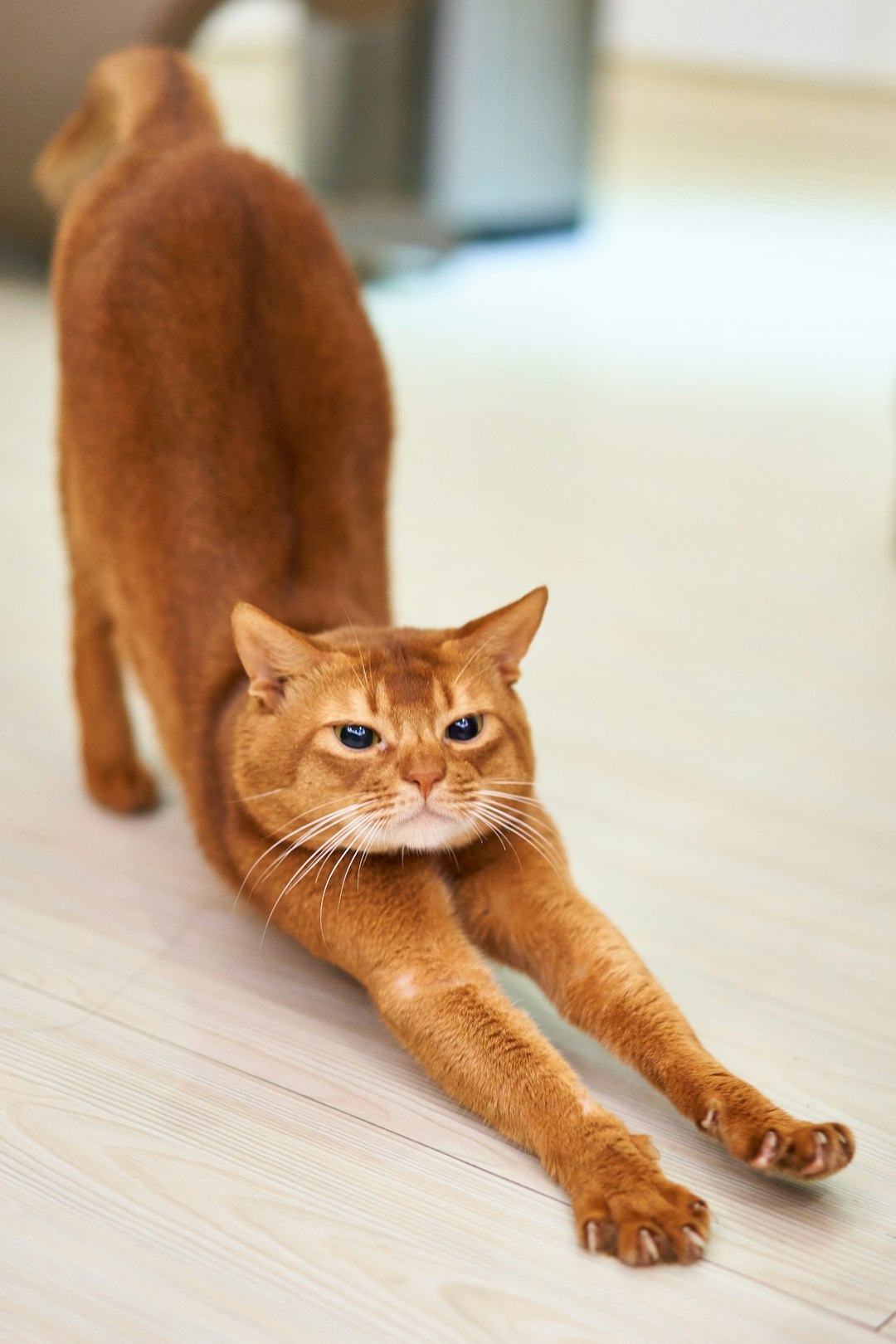
Physical Characteristics of Lilac Point Siamese
The lilac point siamese cat showcases a stunning appearance that captivates many feline enthusiasts. Their unique features set them apart within the Siamese breed. Here are some key characteristics:
Coloration: The lilac point siamese has a soft, creamy body color, complemented by delicate lilac-gray points on the ears, face, paws, and tail. This striking contrast creates a visually appealing look.
Eyes: This breed boasts large, almond-shaped blue eyes, which are one of their defining characteristics. Their gaze is both expressive and captivating.
Coat: The coat of a lilac point siamese is short and fine, lying close to the body. It’s soft to the touch and requires minimal grooming.
Body Structure: They exhibit a slender, graceful physique. The long, elegant legs and long tail add to their overall charm, making them look agile and poised.
Head Shape: Their head is wedge-shaped with a long nose, adding to their distinctive appeal.
These features not only define the lilac point siamese but also enhance their elegance and beauty, making them a favorite among cat lovers.
Temperament and Personality Traits
The lilac point siamese is renowned for its striking appearance and equally vibrant personality. Here are some key traits that define this affectionate breed:
Affectionate Nature: The lilac point siamese loves to be around people, often forming strong bonds with their owners. They thrive on companionship and often seek attention.
Vocal Communication: This breed is famous for their chatty demeanor. They express their needs and desires through a range of vocalizations, making communication a key part of their personality.
Intelligence: Highly intelligent, lilac point siamese cats enjoy engaging mental activities. They can quickly learn tricks and puzzles, so providing stimulating toys is essential.
Playful: Their playful spirit remains strong even in adulthood. They love interactive playtime, showcasing their agility and curiosity.
Social: The lilac point siamese gets along well with other pets and children. Their sociable nature makes them excellent family companions.
In summary, the lilac point siamese combines charm, intelligence, and vocal affection, making them an enchanting addition to any home.
Common Health Issues in Lilac Point Siamese
The lilac point Siamese is a stunning breed, but they are prone to some health concerns that potential owners should be aware of. Here are the most common health issues associated with this breed:
Respiratory Issues: Siamese breeds, including the lilac point, often experience respiratory problems due to their facial structure. They may also be susceptible to upper respiratory infections.
Dental Problems: The lilac point Siamese can be prone to dental issues, such as periodontal disease, which can lead to other health complications. Regular dental check-ups are essential.
Hypertrophic Cardiomyopathy (HCM): This common heart condition can affect many cat breeds, including the lilac point Siamese. Regular veterinary check-ups can help in early detection and management.
Eye Problems: Lilac point Siamese may experience issues like strabismus (crossed eyes) or progressive retinal atrophy (PRA), leading to vision impairment.
Obesity: Due to their playful nature, lilac point Siamese can become overweight if not properly monitored.
Understanding these common health issues helps potential owners prepare for and promote the well-being of their lilac point Siamese. Regular veterinary visits, a balanced diet, and proper exercise are key components to ensure a long and healthy life.
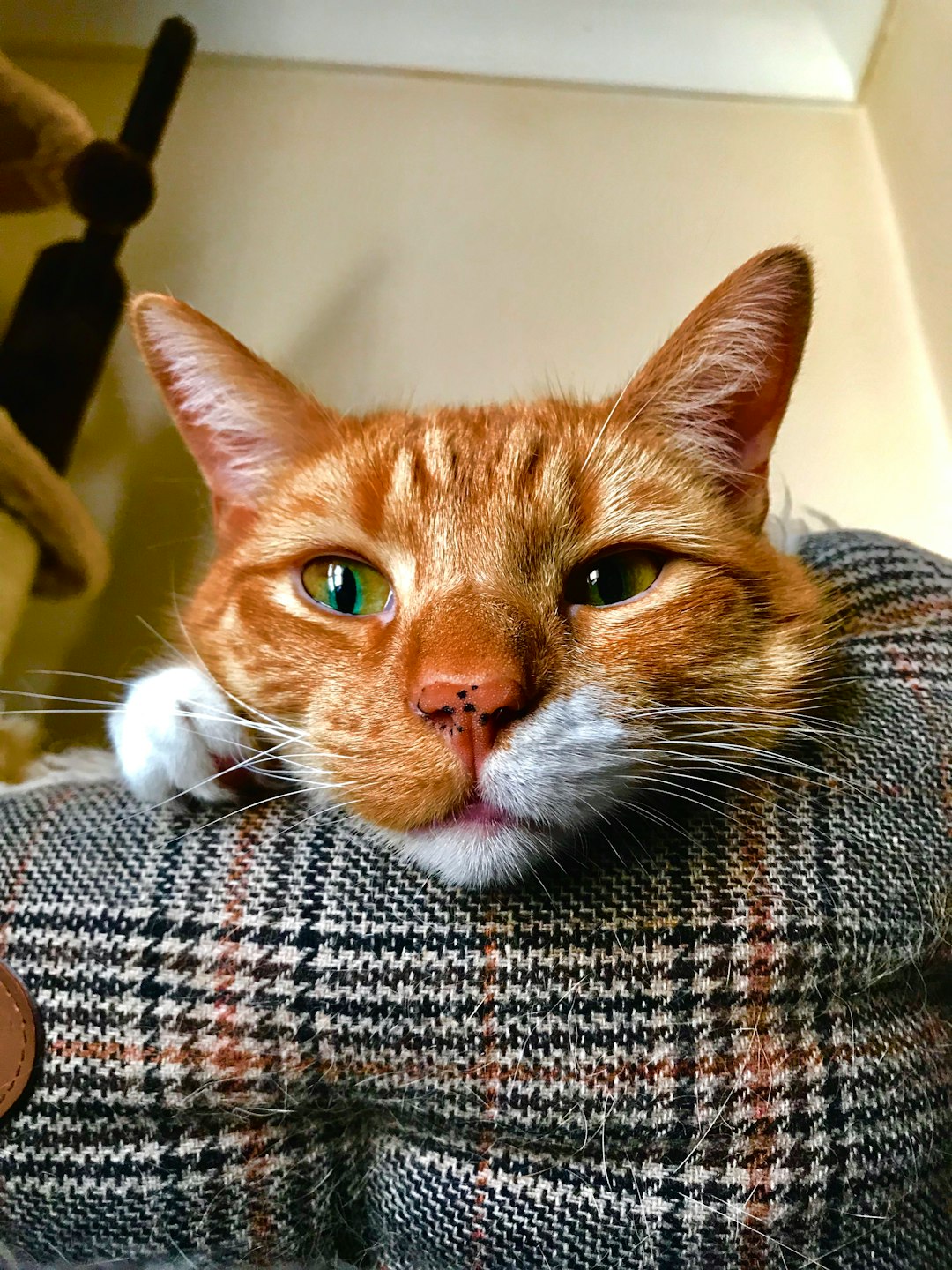
Grooming Needs for Lilac Point Siamese
Proper grooming is essential for the health and appearance of your lilac point Siamese. Thankfully, their short, fine coat requires relatively low maintenance. Here are key grooming tips for your feline friend:
Brushing:
- Frequency: Brush your lilac point Siamese once a week. This helps reduce shedding and keeps their coat shiny.
- Type of Brush: Use a soft-bristle brush to gently remove loose hair and prevent matting.
Bathing:
- Generally, these cats do not need frequent baths. Only bathe them if they get particularly dirty or if advised by a vet.
Nail Trimming:
- Trim your Siamese’s nails every 2-3 weeks to prevent overgrowth and potential injury.
Ear Cleaning:
- Regularly check for dirt or wax buildup. Clean with a cotton ball and vet-recommended ear cleaner.
Dental Care:
- Brush their teeth at least twice a week to maintain dental health.
In summary, while lilac point Siamese cats require some grooming, their short coats make the process straightforward and manageable. Establishing a routine not only keeps your cat looking good but also strengthens the bond between you and your beloved pet.
Nutrition and Diet Recommendations
Maintaining a balanced diet is crucial for the health and happiness of your lilac point siamese. These elegant cats require specific nutrients to thrive. Here are some key recommendations for their diet:
High-quality protein: Since lilac point siamese cats are active, incorporating a protein-rich diet helps support their muscle mass. Look for foods with real meat as the first ingredient.
Fats for energy: Healthy fats, such as omega-3 and omega-6 fatty acids, promote a shiny coat and overall wellbeing. Options include fish oil and certain plant oils.
Balanced carbohydrates: While cats are primarily carnivorous, they need some carbohydrates. Choose whole grains and vegetables to provide energy.
Hydration: Ensure fresh water is always available. Consider incorporating wet food into their diet, which helps with hydration.
Portion control: Monitor their weight, as being overweight can lead to health issues. Follow the feeding guidelines on the food packaging.
By adhering to these nutrition guidelines, you’ll support the health and vitality of your lilac point siamese throughout its life.
Training Tips for Lilac Point Siamese
Training your lilac point siamese can be a rewarding experience, as these cats are intelligent and eager to learn. Here are some effective training tips to harness their potential:
Start Early: Initiate basic obedience training as soon as you bring your lilac point siamese home. Kittens are more receptive to learning.
Use Positive Reinforcement: Reward your cat with treats or praise whenever they respond correctly. This encourages good behavior.
Short Training Sessions: Keep training sessions brief (5–10 minutes) to maintain their interest and prevent boredom.
Socialization: Expose your lilac point siamese to various environments, people, and other pets to help them develop confidence and adaptability.
Interactive Toys: Utilize toys that stimulate their mind, promoting problem-solving skills and keeping them engaged.
Consistency is Key: Stick to the same commands and expectations to make learning easier for your lilac point siamese.
By following these tips, you can strengthen the bond with your lilac point siamese while ensuring they grow into well-adjusted cats.
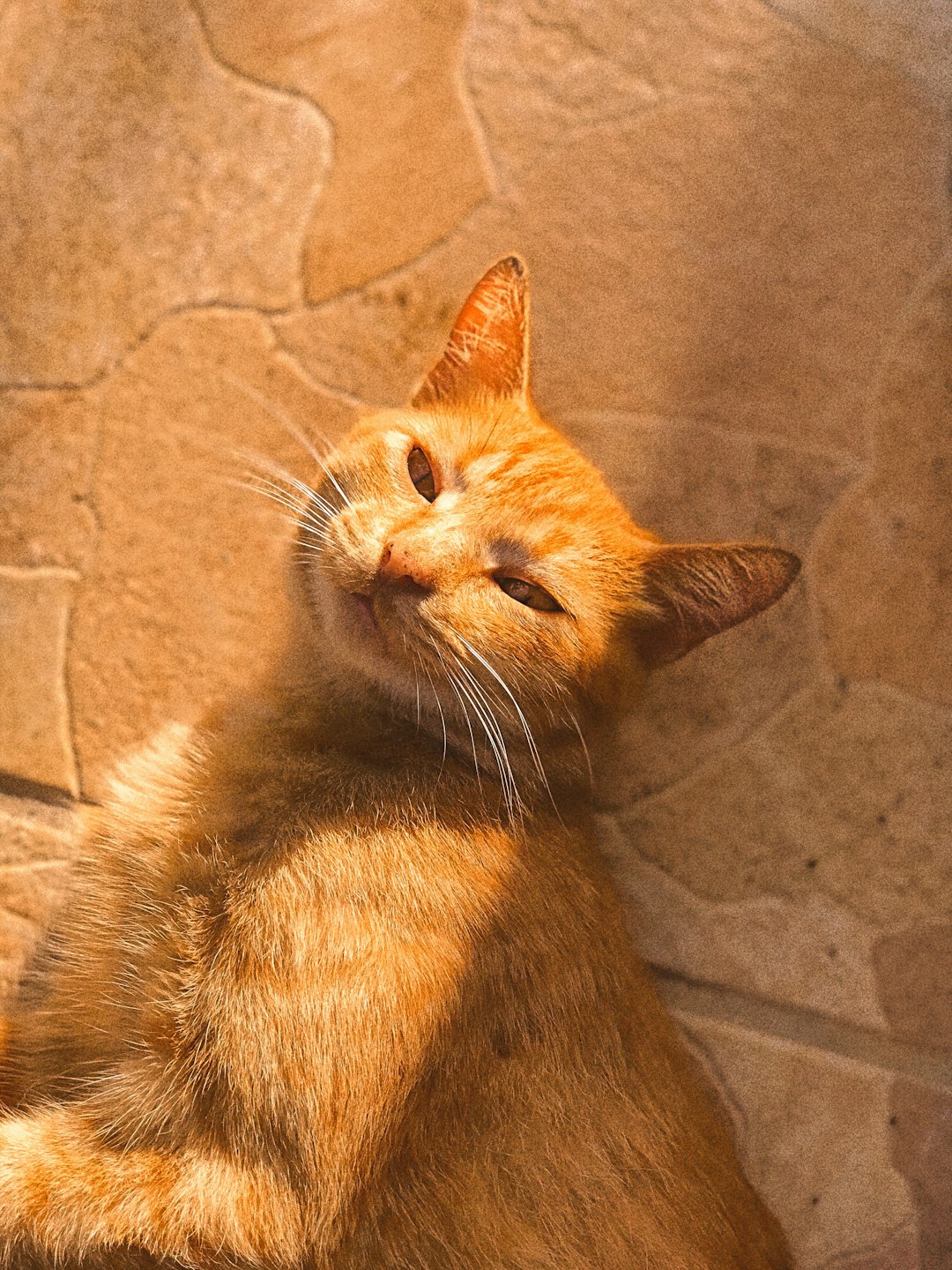
Creating a Suitable Environment for Your Siamese Cat
Creating a suitable environment for your lilac point siamese involves understanding their specific needs and preferences. Here are key aspects to consider:
Space: Ensure your cat has ample room to play and explore. Lilac point siameses are active and curious, so a spacious home encourages healthy activity.
Vertical Space: Incorporate cat trees or shelves. These allow your lilac point siamese to climb, which satisfies their natural instincts.
Enrichment: Use interactive toys and puzzles to stimulate their intelligence. Siamese cats thrive in environments that challenge their minds.
Comfort: Provide cozy sleeping spots. A soft bed in a quiet area helps your lilac point siamese feel secure and relax.
Safe Areas: Ensure there are safe zones for hiding and resting. This is vital, especially during playtime or when they feel overwhelmed.
By focusing on these elements, you create a welcoming space that caters to the unique personality of your lilac point siamese while promoting their overall well-being.
Frequently Asked Questions
What are the unique physical characteristics of the Lilac Point Siamese?
The Lilac Point Siamese is known for its striking appearance. They have a short, fine coat that is predominantly cream or ivory in color, with the distinct lilac-grey points primarily found on the ears, face, paws, and tail. Their eyes are typically a vivid, deep blue that contrasts beautifully with their lighter body color. Additionally, the breed has a sleek, muscular body, elegant long legs, and a distinctive wedge-shaped head. All these features contribute to their sophisticated and graceful look.
What is the temperament of a Lilac Point Siamese like?
Lilac Point Siamese cats possess a friendly and social temperament that makes them excellent companions. They are known for their playful and affectionate nature, often following their owners around the house and engaging in interactive play. This breed is also quite vocal, expressing their needs and desires through a variety of sounds. Their intelligence means they enjoy mental stimulation, and they thrive in environments where they receive plenty of attention and love from their human family members.
How can I effectively care for a Lilac Point Siamese?
Caring for a Lilac Point Siamese involves several essential practices. Regular grooming is crucial to maintain their short coat, requiring brushing at least once a week to remove loose hair and prevent matting. Additionally, providing a balanced diet that meets their nutritional needs will help keep them healthy, along with ensuring they have access to fresh water daily. Regular veterinary check-ups are also important, as this breed can be prone to certain health issues. Lastly, enriching their environment with toys and playtime will keep them mentally stimulated and happy.
Do Lilac Point Siamese cats get along well with other pets?
Yes, Lilac Point Siamese cats are generally known for their sociable personality, which often extends to their interactions with other pets. With proper introductions and socialization, they can coexist harmoniously with dogs, other cats, and even small animals. Their friendly nature and curiosity make them adaptable to family dynamics, but it is important to supervise interactions initially to ensure that all pets feel secure and comfortable. Providing them with individual spaces can also help ease any potential territorial disputes.

